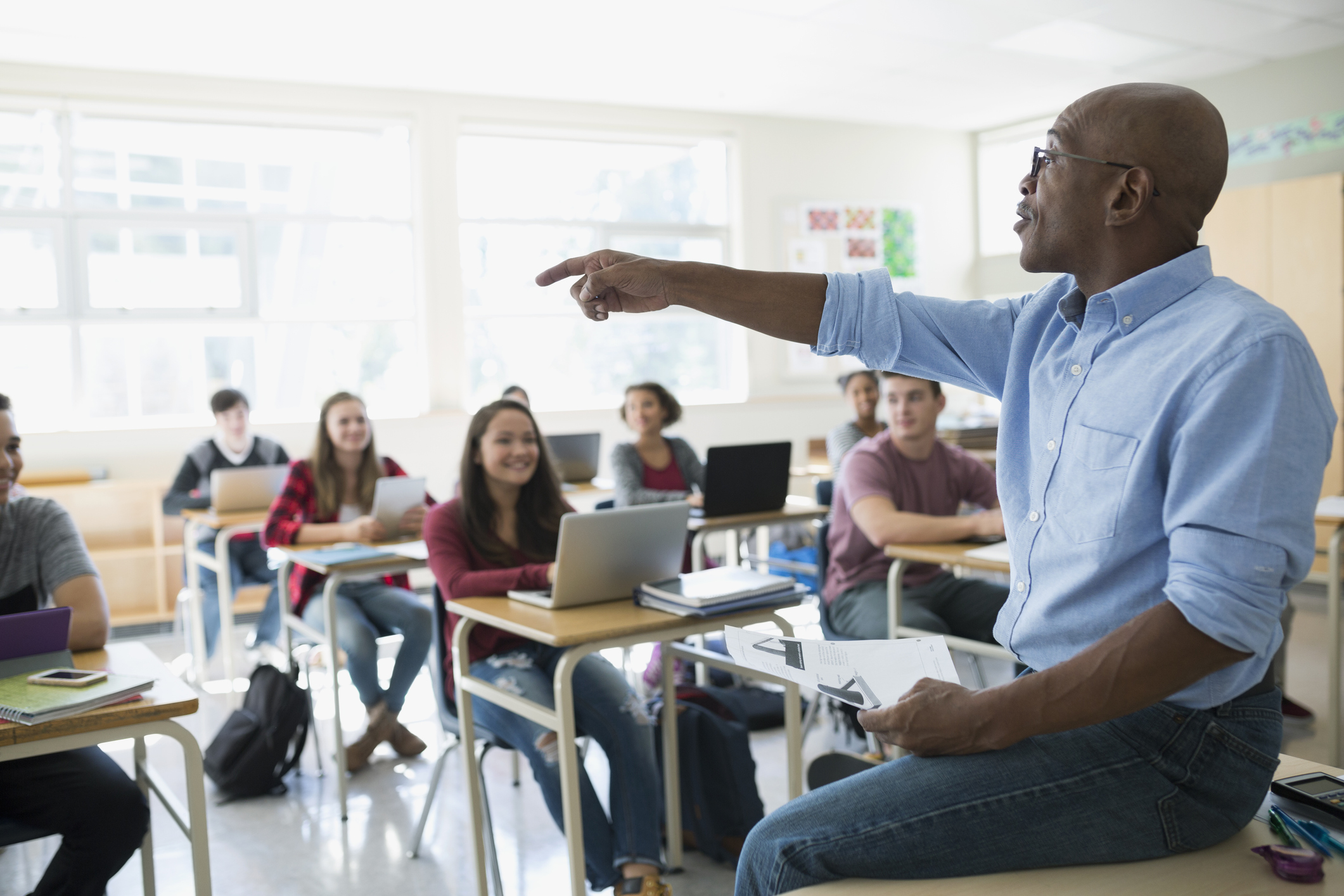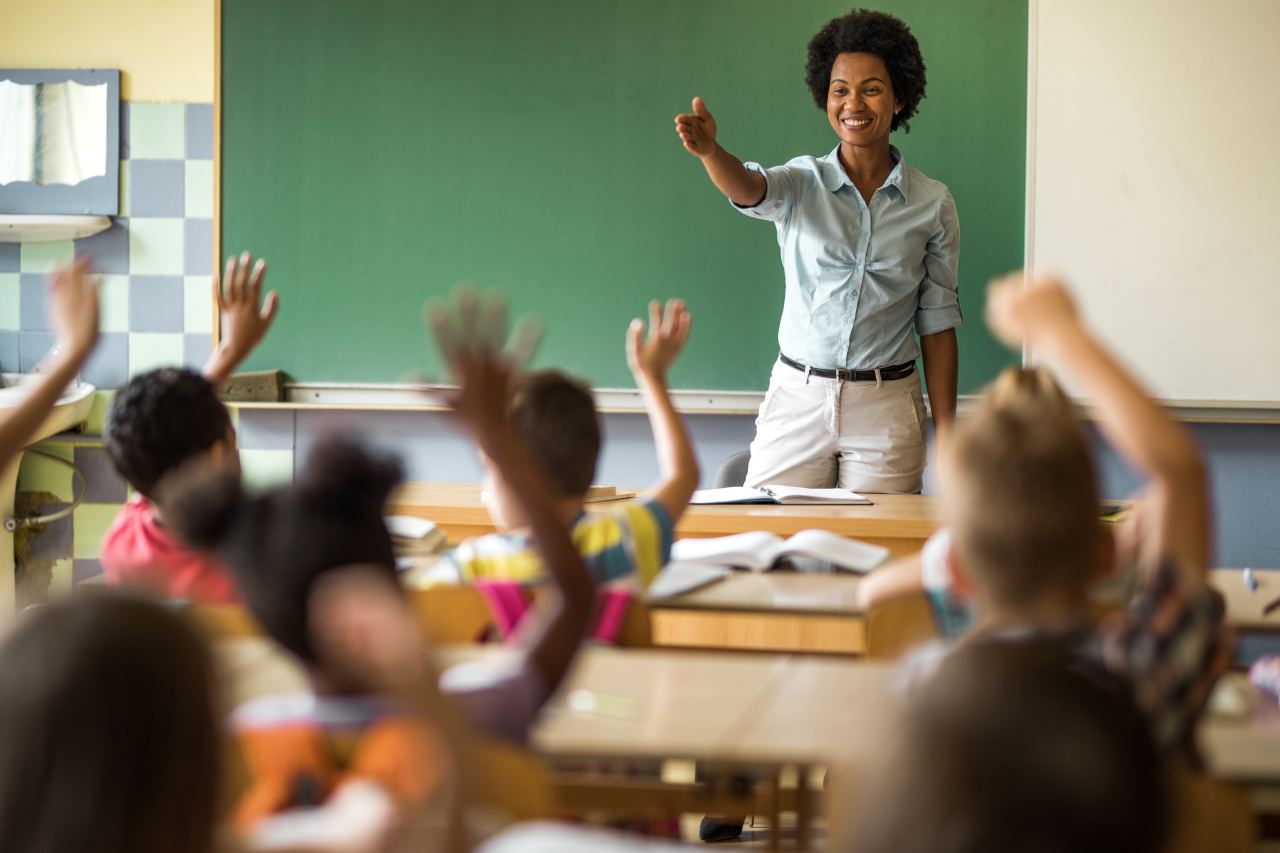Discover the Best Primary Science Tuition Singapore for Your Learning Journey
Discover the Best Primary Science Tuition Singapore for Your Learning Journey
Blog Article
Discovering the Different Mentor Methods in Key Scientific Research Education Today
The landscape of primary scientific research education and learning is advancing, with various mentor strategies acquiring prominence in contemporary class. Inquiry-based learning, hands-on experiments, and the integration of innovation are redefining just how teachers involve young minds. In addition, collective techniques and separated direction are being used to deal with the varied needs of students, enhancing both interaction and understanding. As we check out these approaches, concerns occur about their performance and the ramifications for future educational methods. What might these shifts in strategy mean for the following generation of students?
Inquiry-Based Discovering
Inquiry-Based Learning (IBL) is an instructional strategy that urges students to discover clinical principles through doubting, examination, and hands-on testing. This method emphasizes the duty of trainees as active participants in their discovering, promoting crucial thinking and problem-solving abilities. By involving with real-world concerns, pupils come to be inspired and curious, which enhances their understanding of scientific concepts.
In IBL, teachers work as facilitators, directing pupils as they browse their queries instead of providing info directly. This student-centered strategy enables distinction, suiting numerous learning styles and paces. Trainees establish abilities in developing hypotheses, creating experiments, and evaluating data, which are crucial for scientific proficiency.
Additionally, IBL fosters partnership amongst pupils, urging them to share findings and concepts. This collective inquiry promotes social abilities and a sense of community within the classroom. Additionally, the process of questions encourages resilience, as pupils discover to welcome failing as a stepping stone towards understanding.
Hands-On Experiments
Hands-on experiments are a vital part of reliable science education and learning, enhancing the principles of inquiry-based discovering. These experiments permit trainees to engage directly with scientific concepts, cultivating a much deeper understanding through experiential knowing. By controling products and observing results, young students can realize abstract concepts in substantial ways.
Such tasks promote essential thinking and analytical skills, as students hypothesize outcomes, conduct experiments, and examine results. This procedure urges them to ask concerns, refine their understanding, and establish a clinical state of mind. Hands-on experiments can be tailored to diverse learning designs, guaranteeing that all students have the opportunity to involve meaningfully with the material.
Additionally, hands-on experiments usually urge partnership among peers, advertising team effort and interaction abilities. Working in teams allows students to share concepts, go over searchings for, and pick up from each other, which improves their total instructional experience.
Incorporating hands-on experiments into the key scientific research educational program not just enhances the finding out atmosphere yet additionally cultivates a lifelong interest in scientific research. By actively taking part in their education, pupils are extra most likely to establish an enthusiasm for scientific questions that expands past the classroom.

Modern Technology Assimilation
Incorporating modern technology into key science education has come to be progressively essential in fostering student engagement and boosting learning outcomes. The use of electronic tools, such as interactive simulations, virtual labs, and instructional software program, offers students with possibilities to explore scientific principles in ingenious methods. These resources help with a much deeper understanding of intricate subjects by permitting students to visualize and control variables that would certainly be unwise in a standard class setup.
Additionally, innovation combination encourages personalized finding out experiences. Trainees can proceed at their very own pace, revisiting tough concepts through multimedia resources, which deal with various understanding styles. This flexibility not just sustains individual growth however likewise cultivates a feeling of autonomy in students.
Furthermore, modern technology serves as a bridge to real-world science, linking pupils with current research study and professional contributions. Access to clinical journals and on-line databases broadens pupils' perspectives on scientific query and fosters vital believing abilities.
Collaborative Understanding
Collective knowing plays a crucial function in key scientific research education by promoting teamwork and interaction abilities among trainees. This technique urges students to interact, share knowledge, and involve in analytical, which improves their understanding of clinical concepts. By taking part in team activities, students learn to verbalize their ideas, pay attention to varied perspectives, and discuss options, all of which are important skills in both scholastic and real-world contexts.

Research indicates that joint learning can bring about raised inspiration and involvement in science subjects, as pupils locate satisfaction in shared experiences (primary science tuition Singapore). Furthermore, this method prepares students for future collaborative undertakings, outfitting them with the skills necessary for reliable teamwork in college and professional settings. Inevitably, accepting collective discovering in primary science education and learning can considerably enrich the understanding experience and advertise a deeper understanding of clinical inquiry
Differentiated Instruction

Distinguished guideline can materialize in different means, such as differing the content, processes, or items of discovering. As an example, instructors might make use of tiered assignments that give varying levels of complexity, allowing trainees to work at their respective preparedness levels. In addition, flexible organizing techniques can help with cooperation among students with various capabilities, cultivating peer understanding.
Analysis plays a vital function in this approach, as it notifies instruction and assists instructors understand each trainee's unique needs. Formative assessments, such as observations and quizzes, can guide educators in readjusting their methods to enhance important link finding out results. primary science tuition Singapore. Ultimately, by applying distinguished direction in primary scientific research education, teachers can cultivate a more reliable and equitable understanding environment, equipping all pupils to reach their complete possibility in recognizing scientific phenomena
Final Thought
In summary, the varied training approaches in main scientific research education and learning, consisting of inquiry-based knowing, hands-on experiments, technology integration, collaborative learning, and separated guideline, collectively add to an extra efficient learning atmosphere. These techniques promote essential thinking, analytic skills, and a much deeper comprehension of clinical ideas. By implementing these strategies, instructors can produce encouraging and interesting classrooms that resolve the diverse needs of pupils, ultimately promoting a lifelong passion in science and enhancing academic success.
Inquiry-Based Knowing (IBL) is a pedagogical technique that motivates pupils to explore clinical Read Full Article concepts through wondering about, investigation, and hands-on experimentation.Collaborative understanding plays a crucial duty in main scientific research education by cultivating synergy and interaction abilities amongst students.Research suggests that collective understanding can lead to boosted inspiration and interaction in science subjects, as students find satisfaction in common experiences.In fostering a comprehensive knowing atmosphere, set apart guideline arises as a key strategy to fit the diverse needs and abilities of pupils in key science education and learning. Ultimately, by executing set apart instruction in key science education, instructors can grow a much more equitable and efficient learning environment, encouraging all pupils to reach their full capacity in understanding scientific sensations.
Report this page